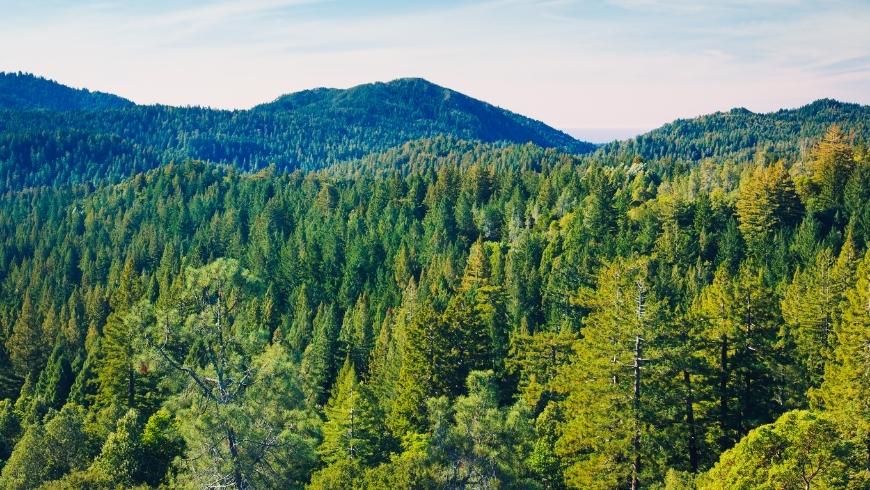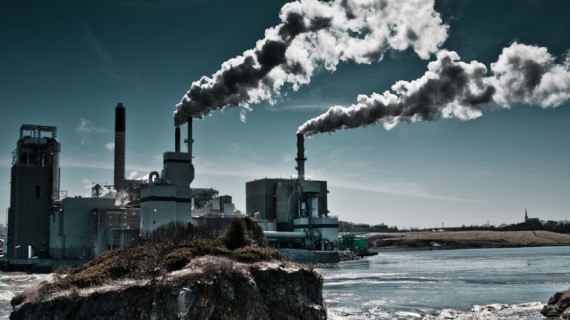To mitigate climate change, many governments are investing in wood burning. Wood is considered a renewable and carbon-neutral source of energy because the carbon dioxide released by its combustion has been absorbed by the tree during its life. But the reality is very different: burning wood is polluting and harmful to the Planet. New studies tell us why.
Image: Forests are of vital importance as they can absorb excess carbon dioxide.
Why burning wood is harmful to the Planet

The combustion of wood is often considered carbon-neutral, meaning an action that does not involve increases in the concentration of carbon dioxide in the atmosphere. That is because burning wood releases the carbon dioxide that the tree has absorbed during its life into the atmosphere.
The problem behind this reasoning is that it could take decades, if not centuries before the excess carbon dioxide is absorbed once again. Time is a scarce resource, and global warming is a current problem.
In the long term, wood burning can be considered carbon-neutral, but reforestation projects are needed to absorb excess carbon dioxide in a shorter period.
Furthermore, in addition to releasing carbon dioxide into the atmosphere, burning wood has been shown to pollute even more than oil and gas.
New studies confirm that burning wood is harmful to the Planet

New studies confirm that wood combustion releases carbon dioxide into the atmosphere and negatively affects global warming.
A study in Finland confirmed that burning wood to heat homes is a source of climate-impacting CO2 emissions and the least environmentally friendly solution.
A French research looked at different ways to meet the growing demand for wood. There was no solution as all outcomes would have reduced the ability of forests to absorb carbon dioxide.
Other studies in Denmark and Australia have shown that burning wood produces methane and carbonaceous particles that, in turn, increase global warming.
Conclusion
Burning the wood is harmful, so it is essential to avoid it to save the planet. In addition to minimizing wood combustion, it is also important to safeguard existing forests and support reforestation projects.
Cover image via Canva Pro




